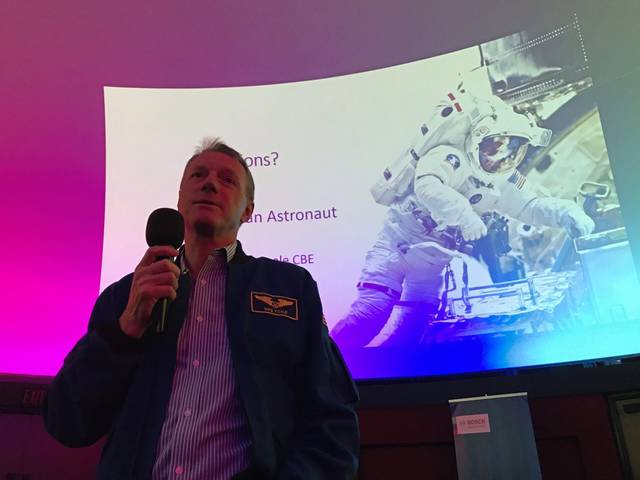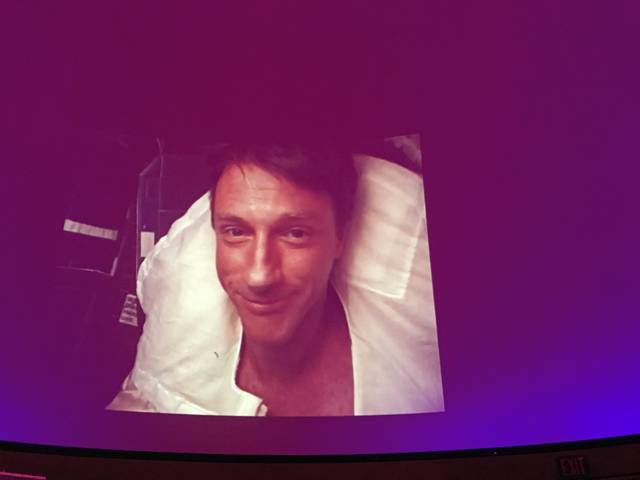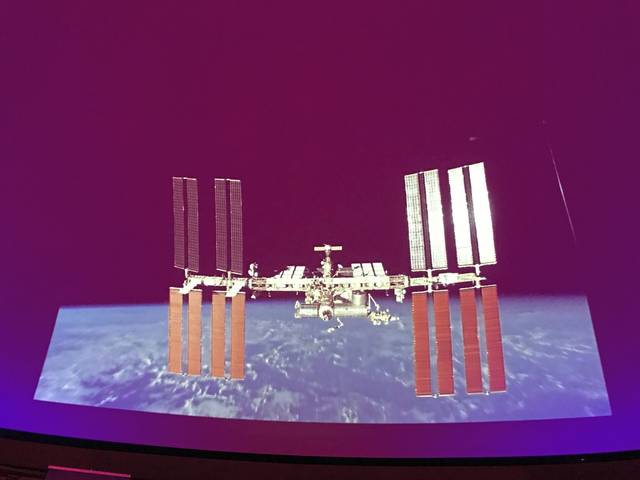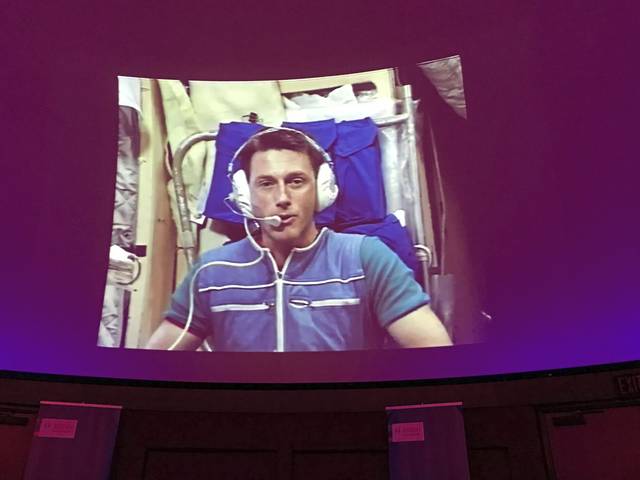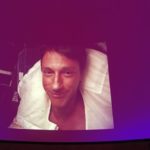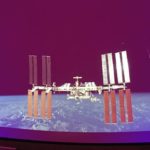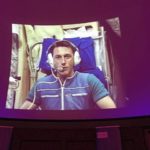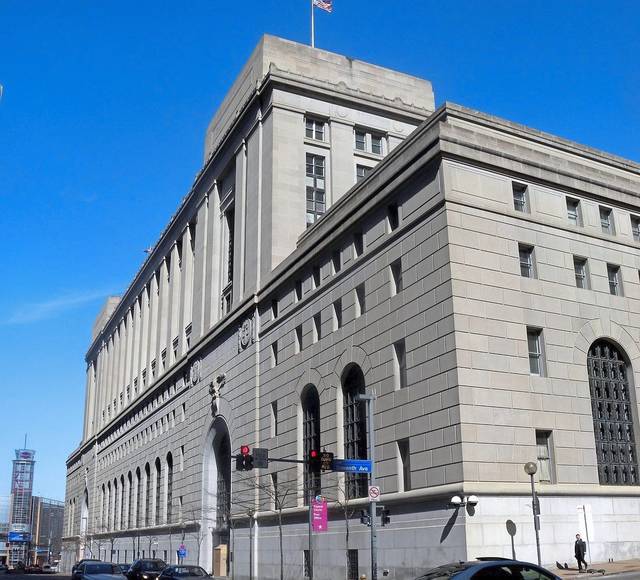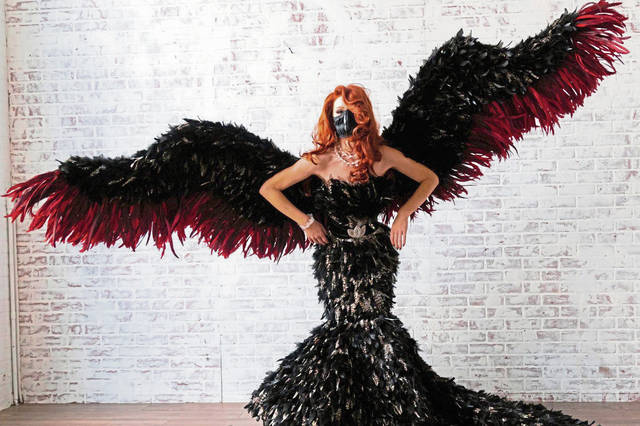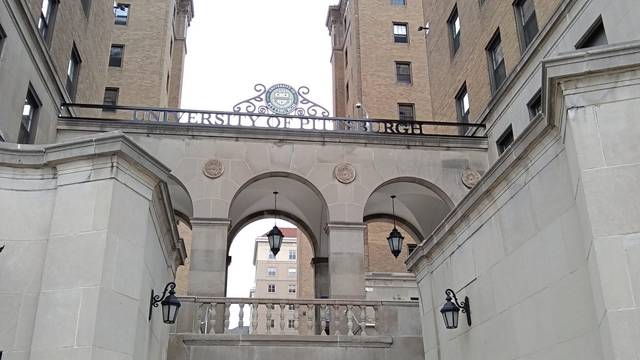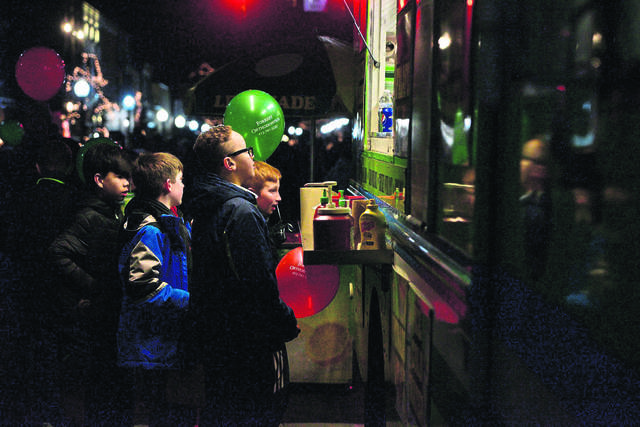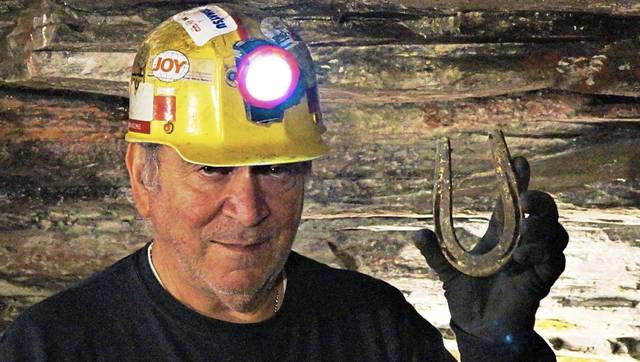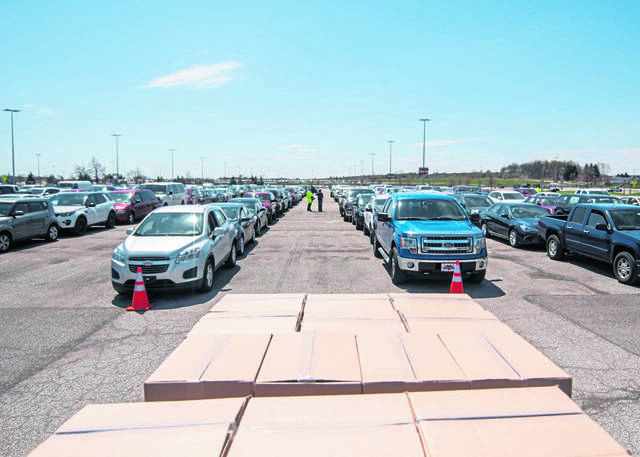Mike Foale’s home movies are out of this world.
Foale, 62, is a retired NASA astronaut, and Thursday he was in Pittsburgh to celebrate the opening of the Bosch Soundsee Research and Test Facility in the Strip District.
He also made a stop at the Buhl Planetarium in the Carnegie Science Center on the North Shore, where he gave an overview of his career as an astronaut to Manchester Academic Charter School students and a few others who were interested in space.
An ever-changing glow of colors cloaked the darkened room as Foale shared his story in the planetarium and showed movies of parts of the six space missions he was a part of, including stays on the Russian space station Mir and the International Space Station.
Foale is consulting with Bosch and its partner Astrobotic, also based in Pittsburgh, to launch its SoundSee experiment that will use sounds in space to program artificial intelligence it’s hoped can be used on the International Space Station.
“I’ve got to say this is the most fun one I’ve been involved with since I left NASA five years ago,” Foale said.
In hosting Foale, the Carnegie Science Center also celebrated a $14,000 donation from the Bosch Community Fund to fund STEM development at the center. The Bosch fund also made a $5,000 donation to the Girls of Steel Robotics Program at Carnegie Mellon University and gave $16,000 to the Pittsburgh Promise Foundation.
Foale, who has dual British and American citizenship, wanted to be an astronaut from the time he was about 6 when he visited a museum during a visit to the United States and saw the space capsule used by John Glenn. He credited the choices he made to study astrophysics, learn to pilot gliders and scuba dive as part of the reasons he was able to be selected as a NASA astronaut.
Still, he was denied twice and was only accepted after he married and matured, he said.
NASA looks at more than the credentials of prospective astronauts, Foale said. He was 30 when he became an astronaut and began training. His experiences as a diver and a glider pilot were as important in space missions as his studies in science and physics, he said.
Foale’s missions included an experiment to re-create an aurora australis (southern lights) over Australia.
“I think the penguins loved it,” he said.
He also was aboard the Mir in 1997 when it had a collision with a resupply vehicle. He was part of the team of three that helped it recover from the crash.
In 1999, Foale also repaired the computer of the Hubble Space Telescope.
Working, eating, breathing and using the bathroom in zero gravity is a challenge, he said.
“It floats,” Foale explained to the students, making hygiene a problem.
Leaving the Space Shuttle or a space station for a space walk, with only a helmet separating himself from an infinite vacuum of space was also extraordinary, he said.
“I loved looking at the stars. The stars have different colors at night, so you see reds and greens and yellows. And the galaxy which is the Milky Way, you can see much more of it,” Foale said. “The Earth is a really deep, deep blue. Its blueness is just extraordinary.”


